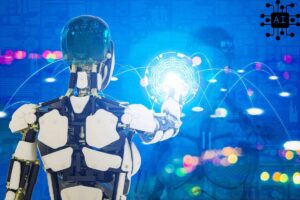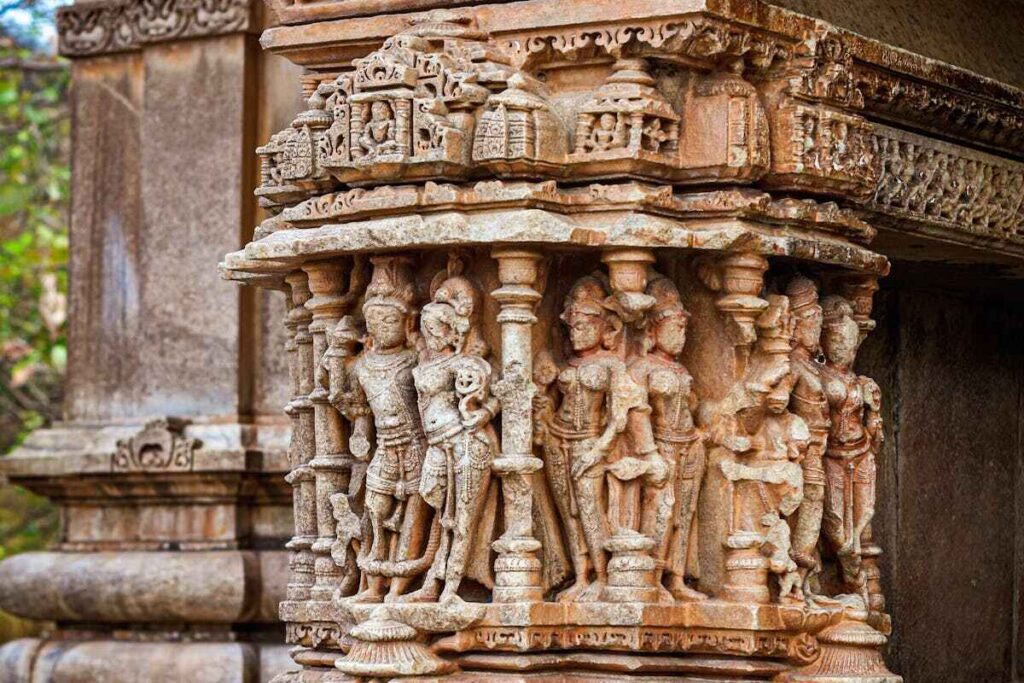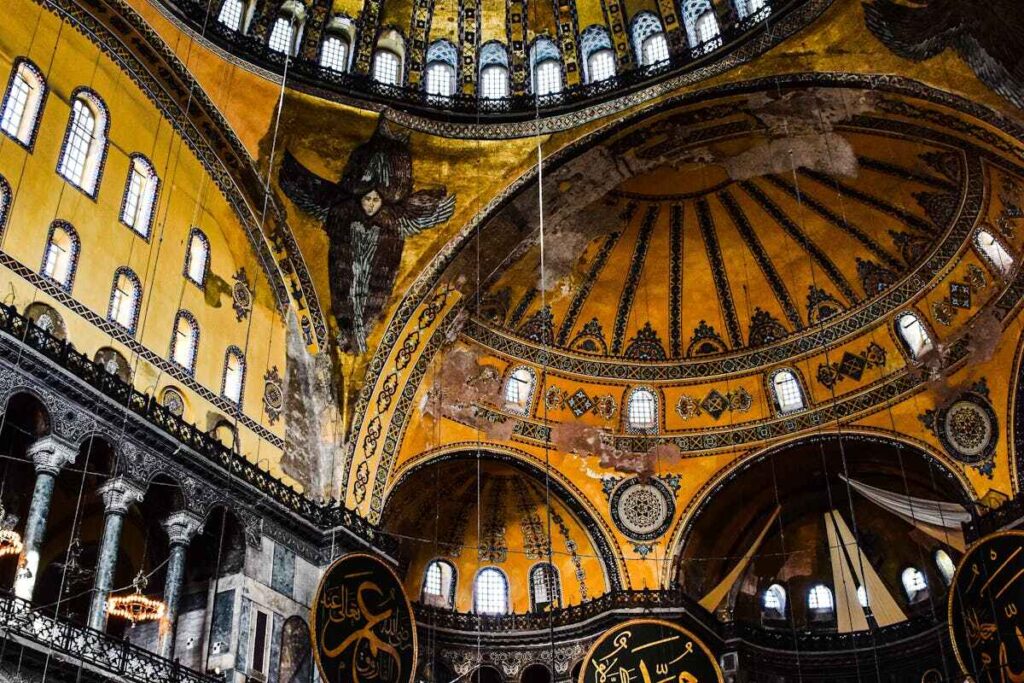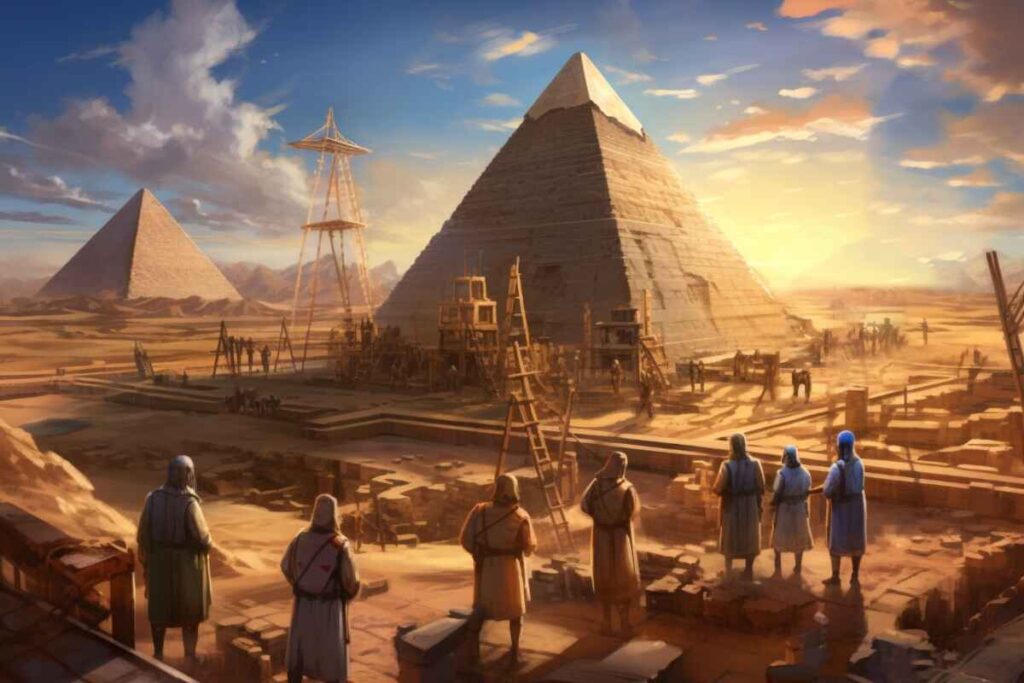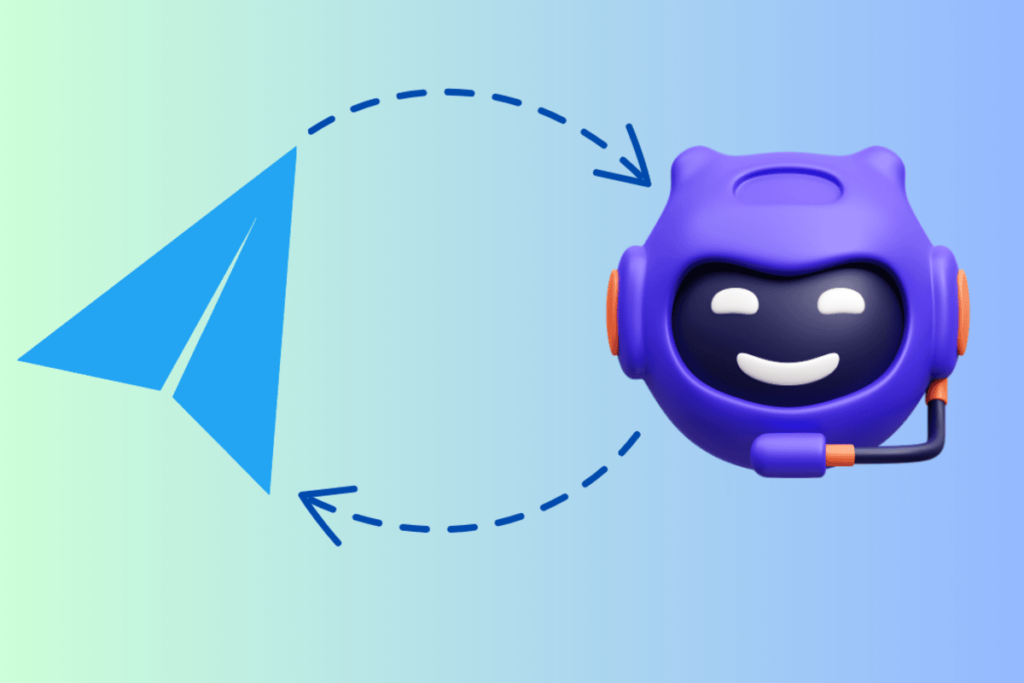The advent of advanced design technologies has fundamentally transformed the landscape of modern architecture, ushering in a new era marked by enhanced creativity and precision. Design Technologies Ultra (DTU), distinguished by its innovative tools and methodologies, revolutionizes how architects conceptualize, create, and execute their visions. Imagine an architect equipped with a digital toolkit that allows for unprecedented flexibility and efficiency—this is the reality that DTU provides. This article ferrets into the profound effects of DTU on architectural practice, examining its applications, benefits, and implications for the future.
Understanding Design Technologies Ultra
Design Technologies Ultra encompasses a comprehensive array of sophisticated software, tools, and processes that enhance architectural design and visualization. These technologies include Building Information Modeling (BIM), parametric design software, and 3D printing. By integrating these tools, architects can produce more accurate representations of their designs, facilitating a seamless transition from concept to construction.
Evolution of Design Technologies
- Traditional Techniques: Architects relied on hand sketches and blueprints for design.
- Introduction of CAD (1980s): Computer-aided design transformed drafting practices with enhanced precision and efficiency.
- The emergence of BIM: Building Information Modeling allowed for detailed 3D representations and improved stakeholder collaboration.
- Advancements in Design Technologies: Parametric design software enabled the manipulation of variables for innovative shapes, while 3D printing facilitated rapid prototyping and testing of designs.
- Focus on Efficiency and Sustainability: Continuous development reflects a commitment to more efficient, creative, and sustainable architectural practices.
Key Features of Design Technologies Ultra in Modern Architecture
- Sustainable Solutions: DTU emphasizes using eco-friendly materials and energy-efficient designs, integrating renewable energy sources and sustainable practices to minimize environmental impact.
- Smart Building Integration: Incorporating innovative technologies allows for enhanced control over building systems, including lighting, HVAC, and security. This automation improves energy efficiency and user comfort.
- Parametric Design: Architects can use advanced software tools to create complex, fluid forms that optimize space and aesthetics. Parametric design enables a more dynamic response to environmental factors.
- Modular Construction: Prefabrication techniques streamline the building process, reducing waste and construction time. Modular components can be easily carried out and assembled on-site, facilitating efficient project delivery.
- 3D Printing: This technology allows for innovative design possibilities and rapid prototyping. 3D printing can produce intricate architectural elements and even entire structures, enhancing design creativity and efficiency.
- Biophilic Design: DTU frequently incorporates biophilic elements, such as natural materials and indoor greenery, to enhance occupants’ well-being and foster a connection with nature.
- Virtual Reality (VR) and Augmented Reality (AR): These tools enable immersive design experiences, allowing clients to visualize projects before completion. They facilitate improved communication between architects and clients.
- Adaptive Reuse: This approach emphasizes transforming existing structures while respecting their historical significance and modernizing their functionality. Thus, it contributes to sustainability and community preservation.
- Collaborative Design Process: Enhanced communication tools facilitate collaboration among architects, engineers, and stakeholders, ensuring a cohesive approach throughout the design and construction phases.
- Performance-Driven Design: DTU focuses on optimizing building performance, utilizing data analytics to inform decisions regarding materials, orientation, and environmental impact.
These features enhance aesthetic appeal and prioritize functionality, sustainability, and user experience, shaping the future of modern architecture.
Benefits of Design Technologies Ultra
Integrating DTU in architectural practice yields numerous advantages, significantly impacting the design and construction processes.
Enhanced Collaboration
DTU fosters improved communication and collaboration among architects, engineers, contractors, and clients. By utilizing shared digital platforms, stakeholders can access real-time data and insights, streamlining decision-making. This collaborative environment reduces misunderstandings and aligns all parties with the project’s objectives, ultimately enhancing the quality of the outcome.
Increased Efficiency and Cost Savings
The precision offered by DTU significantly mitigates the likelihood of errors and rework. By utilizing tools such as BIM and parametric design, architects can identify possible issues early in the design process, minimizing costly changes during construction. This proactive approach saves time and optimizes resource allocation, resulting in substantial client cost savings.
Sustainability and Innovation
DTU promotes sustainable design practices by enabling architects to assess their projects’ environmental impact. Advanced modeling tools facilitate the analysis of energy efficiency, material usage, and overall sustainability. Architects adopting these technologies can create innovative designs that minimize ecological footprints while maximizing aesthetic appeal.
The Role of AI in Enhancing Design Technologies Ultra in Modern Architecture
- Generative Design: AI algorithms can explore various design options based on specified parameters such as material, cost, and performance. This generative approach allows architects to swiftly identify optimal solutions, fostering innovation and efficiency in the design process.
- Predictive Analytics: AI can analyze data from previous projects to forecast potential issues and outcomes in new designs. By leveraging machine learning, architects can make informed decisions regarding structural integrity, energy consumption, and environmental impact, ultimately improving project success rates.
- Enhanced Visualization and Simulation: AI-powered tools can create realistic 3D visualizations and simulations of architectural designs. These technologies enable architects and clients to visualize the final product in immersive environments, facilitating improved communication, feedback, and adjustments before construction commencement.
Comparison between Design Technologies Ultra and Traditional Design Tools in Modern Architecture.
| Feature | Ultra Design Technologies | Traditional Design Tools |
| Design Methodology | Generative design and parametric modeling | Manual drafting and static design |
| Collaboration | Real-time collaboration with cloud-based tools | Limited collaboration, often asynchronous |
| Visualization | Advanced 3D modeling and virtual reality | Basic 2D drawings and physical models |
| Sustainability | Focus on eco-friendly materials and energy efficiency | Limited consideration of sustainability |
| Efficiency | Rapid prototyping and iterative design | Lengthy design cycles and revisions |
| Customization | Highly customizable designs through algorithms | Standardized designs with manual adjustments |
| Data Utilization | Predictive analytics and performance metrics | Minimal data analysis and historical reference |
| Adaptability | Responsive to changing design requirements | Rigid design frameworks |
| Cost Estimation | Real-time cost estimation based on materials and design | Manual calculations, prone to errors |
| User Experience | Enhanced interaction through immersive tech | Limited user interaction with designs |
Implications for the Future of Architecture
The influence of Design Technologies Ultra on modern architecture extends beyond immediate benefits. To remain competitive, architects must adapt and embrace these innovations as technology evolves.
Shaping Future Trends
The integration of DTU is likely to shape future architectural trends. As more architects adopt advanced technologies, a shift toward more dynamic and adaptable designs can be anticipated. The potential for real-time feedback and iterative design processes will encourage the creation of spaces that respond to the needs of their inhabitants in real time, fostering a more user-centric approach.
Ethical Considerations
With the rise of DTU comes the necessity for ethical considerations in architectural practice. Architects must balance innovation with sustainability and community engagement responsibilities as technology influences design decisions. Ensuring that advancements benefit society as a whole will be paramount in guiding the future of architecture.
Case Studies and Success Stories of Design Technologies Ultra in Modern Architecture
The Edge, Amsterdam
Overview: This innovative office building is renowned for its sustainable design and intelligent technologies.
Technologies Used: Include Generative design, advanced building management systems, and extensive use of data analytics.
Success: The Edge achieved a BREEAM rating of 98.4%, making it one of the greenest buildings globally. Its innovative technology optimizes energy usage, resulting in significant cost savings and enhanced employee productivity.
Vancouver House, Canada
Overview: A striking residential tower designed by Bjarke Ingels Group features a unique twisting geometry.
Technologies Used: Include Parametric modeling and 3D visualization tools to create complex forms and optimize structural performance.
Success: The building’s innovative design maximizes views and light while minimizing its footprint. It has become an architectural landmark, attracting attention for its bold aesthetics and sustainability features.
The Bosco Verticale (Vertical Forest), Milan
Overview: This pair of residential towers integrates nature into urban living, with over 9,000 trees planted on the balconies.
Technologies Used: Include Biophilic design principles, environmental performance simulations, and real-time monitoring systems.
Success: The project has improved air quality, reduced urban heat, and provided residents with a unique living experience. It won the International Highrise Award for its innovative approach to sustainable architecture.
Conclusion
The impact of Design Technologies Ultra on modern architecture is profound and far-reaching. These technologies have revolutionized how architects approach their craft by enhancing collaboration, increasing efficiency, and promoting sustainability. As the industry continues to develop, embracing Design Technologies Ultra innovations will be crucial for shaping the future of architectural design and creating functional and transformative spaces.







